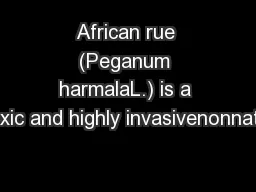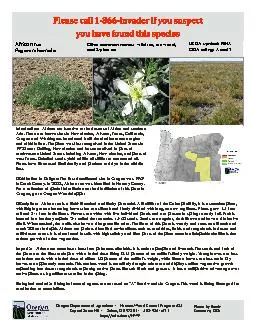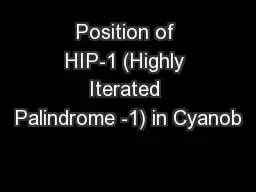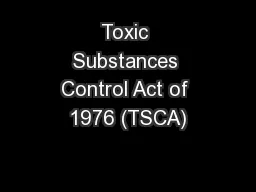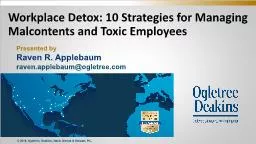PDF-African rue (Peganum harmalaL.) is a toxic and highly invasivenonnativ
Author : jane-oiler | Published Date : 2015-10-15
Texas Cooperative EXTENSIONThe Texas AM Universit y S y stem L54291002African Rue On rightsofway and noncropland areasAfrican rue often grows along caliche roadsides
Presentation Embed Code
Download Presentation
Download Presentation The PPT/PDF document "African rue (Peganum harmalaL.) is a tox..." is the property of its rightful owner. Permission is granted to download and print the materials on this website for personal, non-commercial use only, and to display it on your personal computer provided you do not modify the materials and that you retain all copyright notices contained in the materials. By downloading content from our website, you accept the terms of this agreement.
African rue (Peganum harmalaL.) is a toxic and highly invasivenonnativ: Transcript
Download Rules Of Document
"African rue (Peganum harmalaL.) is a toxic and highly invasivenonnativ"The content belongs to its owner. You may download and print it for personal use, without modification, and keep all copyright notices. By downloading, you agree to these terms.
Related Documents

